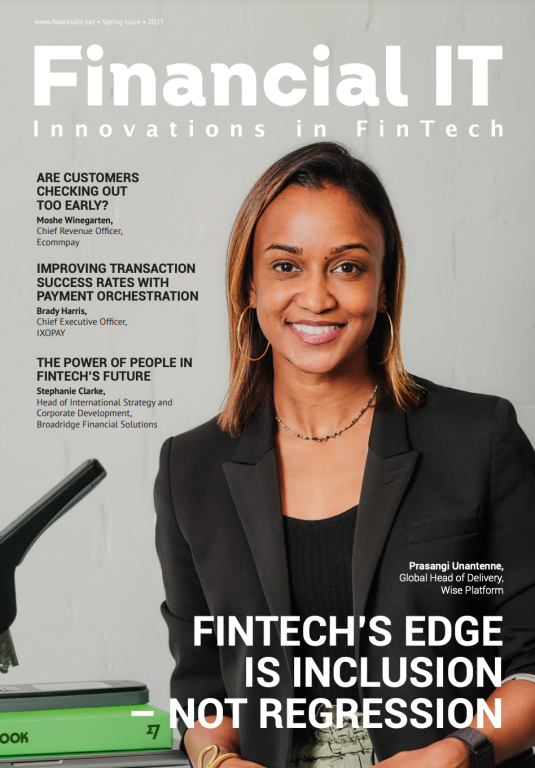The Four Trends Driving the Credit Card Loyalty Landscape

- Trisha Asgeirsson, Senior Vice President at North America Loyalty Solutions
- 24.10.2018 08:00 am undisclosed
Consumers have a vast selection of credit card options today, all seemingly a boundless sea of sign-up bonuses and point accelerators. How do you stand out and become top-of-wallet?
Loyalty programs play an essential role in the cardholder value proposition. By providing loyal cardholders with points, offers, and other benefits, issuers and merchants gain higher spend, improved profitability, and stronger emotional connections with their customers.
These programs have been embraced by consumers across all demographics for decades, but to remain competitive and stay ahead, issuers must be mindful of the trends transforming the loyalty landscape, and these are the most important
- Powerful, nimble platforms and capabilities are essential to meeting consumers’ high expectations today, and it’s just as important to leverage data analytics to deliver more relevant offerings to them. Consumers have grown used to real-time, responsive communications – they want their rewards now, not later – so, that means providing instant points delivery, digital gift cards, or redeeming points at the point-of sale. A huge benefit to the data consumers generate with every interaction is that issuers can use data analytics to personalize offers and real-time communications to reward customers differently. This is critical to accomplishing a seamless experience and retaining consumers.
- A seamless user experience across devices and channels and a frictionless redemption process are also critical to keeping a card in first position in cardholders’ wallets. Digital-first consumers expect interactions across devices and channels to be easy and seamless. Making it easy for consumers to earn and use their rewards has even proven to drive up spend.
It’s important to note that many issuers’ rewards platforms need significant upgrades to deal with today’s digital and personalized world, and APIs have become critical to delivering a seamless consumer experience.
- Digital and multi-channel engagement increases program awareness and reinforces the aspirational value to cardholders—resulting in cardholder spend and retention.
U.S. consumers are enrolled in 3.3 billion loyalty programs—about 10 per household. However, issuers can be in danger of losing mindshare, and cardholders, if they fail to engage users access across all digital channels. For example, only 22% of rewards cardholders are very or extremely satisfied with the program’s mobile app. That’s a huge opportunity to double-down and stand out.
- Consumers want more flexibility and personalization from their loyalty programs to earn more rewards in more ways, and redeem those rewards anytime, anywhere. They want the freedom to redeem rewards at the point-of-sale for “exactly what I want.”
To remain relevant and keep consumers engaged, issuers need to ensure that loyalty programs meet the needs and preferences of each generation. For instance, by 2025, Millennials will earn as much as Baby Boomers, Generation X, and Generation Z combined. Growing up in the on-demand Internet age, self-reliant Millennials value freedom and independence, and seek to fully enjoy life.
By allowing cardholders to self-select the benefits that are most meaningful to them and offering more opportunities to use points in meaningful ways, redemptions—and retention—will rise.
All in all, loyalty programs play a significant role in keeping a card top-of mind and top-of-wallet. By continuing to exceed consumers’ high expectations, creating seamless user experiences, and personalizing these rewards and experiences, that is when you will be of greatest value to a consumer.




















